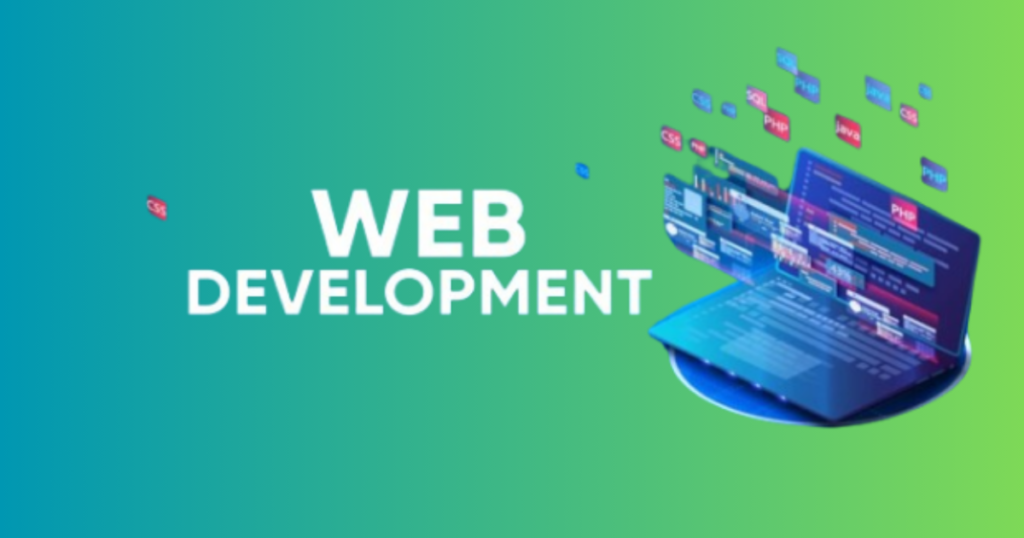The internet is a vital part of modern life, but it comes with an environmental cost. Websites, applications, and digital services require energy, often sourced from non-renewable resources, leading to carbon emissions. This is where Green Web Development comes in—a practice that focuses on creating energy-efficient websites to minimize environmental impact. In this article, we’ll explore what green web development is, why it matters, and how businesses can adopt sustainable digital practices.
What Is Green Web Development?
Green web development refers to the practice of designing, developing, and maintaining websites and applications with sustainability in mind. The goal is to reduce energy consumption, lower carbon emissions, and use eco-friendly hosting and coding practices.
Key Principles of Green Web Development
- Efficient Coding – Writing optimized code that reduces processing power and energy consumption.
- Sustainable Hosting – Using web hosts powered by renewable energy sources.
- Optimized Media and Assets – Reducing image sizes, compressing files, and using efficient formats.
- Minimalist Design – Creating lightweight websites with simple interfaces to reduce server load.
- Green UX/UI – Ensuring user-friendly designs that require fewer interactions and data usage.
Why Does Green Web Development Matter?
1. The Internet’s Carbon Footprint
The internet accounts for nearly 4% of global carbon emissions, and this number is growing rapidly. Websites, data centers, and online services require vast amounts of electricity, much of which comes from fossil fuels.
2. Energy Consumption by Websites
Websites with large, unoptimized images, unnecessary scripts, and inefficient code increase server load and energy use. Every additional HTTP request or kilobyte of data sent over the network contributes to electricity consumption.
3. Sustainable Business Practices

Consumers are increasingly aware of environmental issues and prefer brands that prioritize sustainability. Green web development aligns with corporate social responsibility (CSR) goals and enhances brand reputation.
4. Faster Loading Times and Better Performance
Eco-friendly websites tend to be lighter and faster, improving user experience (UX). Speed is also a key ranking factor for search engines, meaning green websites perform better in SEO.
5. Cost Savings
Optimized websites use fewer resources, reducing hosting and bandwidth costs. Businesses can save money while also reducing their environmental impact.
How to Implement Green Web Development
1. Choose a Green Web Host
Opt for hosting providers that use renewable energy, such as:
- GreenGeeks
- Kualo
- SiteGround (Green-Powered Hosting Options)
- Google Cloud (Carbon Neutral Hosting)
2. Optimize Website Performance
- Compress images using tools like TinyPNG or ImageOptim.
- Use modern image formats like WebP instead of PNG or JPEG.
- Minimize HTTP requests by reducing scripts and stylesheets.
- Implement lazy loading for images and videos.
3. Use Sustainable Coding Practices
- Write clean and efficient code.
- Minimize the use of heavy JavaScript frameworks.
- Optimize database queries to reduce server load.
4. Leverage Caching and Content Delivery Networks (CDN)
Caching reduces the number of server requests, and CDNs distribute content efficiently, reducing energy consumption.
5. Reduce Third-Party Dependencies
Limit the use of third-party plugins, tracking scripts, and unnecessary integrations that slow down your website.
6. Enable Dark Mode and Energy-Saving Themes
Dark mode and energy-efficient themes can reduce screen energy consumption, especially for OLED and AMOLED displays.
7. Encourage Sustainable User Behavior
- Reduce autoplay videos.
- Minimize excessive scrolling with better navigation structures.
- Provide downloadable content instead of constant online access.
Challenges in Green Web Development

Despite its benefits, green web development comes with challenges:
- Higher Initial Costs – Some eco-friendly hosting providers may be more expensive.
- Limited Awareness – Many developers and businesses are unaware of digital sustainability.
- Balancing Aesthetics and Efficiency – Maintaining an appealing design while optimizing performance can be challenging.
Future of Green Web Development
The future of web development is moving toward sustainability. Trends that will shape green web practices include:
- AI-driven optimization – Using AI to reduce redundant code and optimize energy use.
- Eco-friendly frameworks – Adoption of low-energy coding frameworks.
- Increased regulations – Governments may enforce digital sustainability standards.
- Growing consumer demand – More users will prefer eco-conscious websites.
Also Read: What is Web Development and Why is it Important?
Conclusion
Green web development is no longer just an option—it’s a necessity. As the internet continues to grow, so does its environmental impact. Businesses, developers, and individuals must adopt sustainable practices to reduce energy consumption and carbon footprints. By choosing green hosting, optimizing code, and prioritizing efficiency, we can create a more sustainable digital future.
FAQs
1. What is the main goal of green web development?
The main goal is to reduce the environmental impact of websites by optimizing energy efficiency and minimizing carbon emissions.
2. How can I check if my website is eco-friendly?
You can use tools like Website Carbon Calculator and Ecograder to analyze your website’s sustainability.
3. Does green web development affect SEO?
Yes! Green websites are typically faster and more efficient, leading to better search engine rankings.
4. Can small businesses afford green web development?
Absolutely! Many sustainable practices, like code optimization and efficient media usage, are cost-effective and improve website performance.
5. What is the easiest way to make my website greener?
Switching to a green web host and optimizing images are the quickest and most effective ways to make your website more sustainable.

